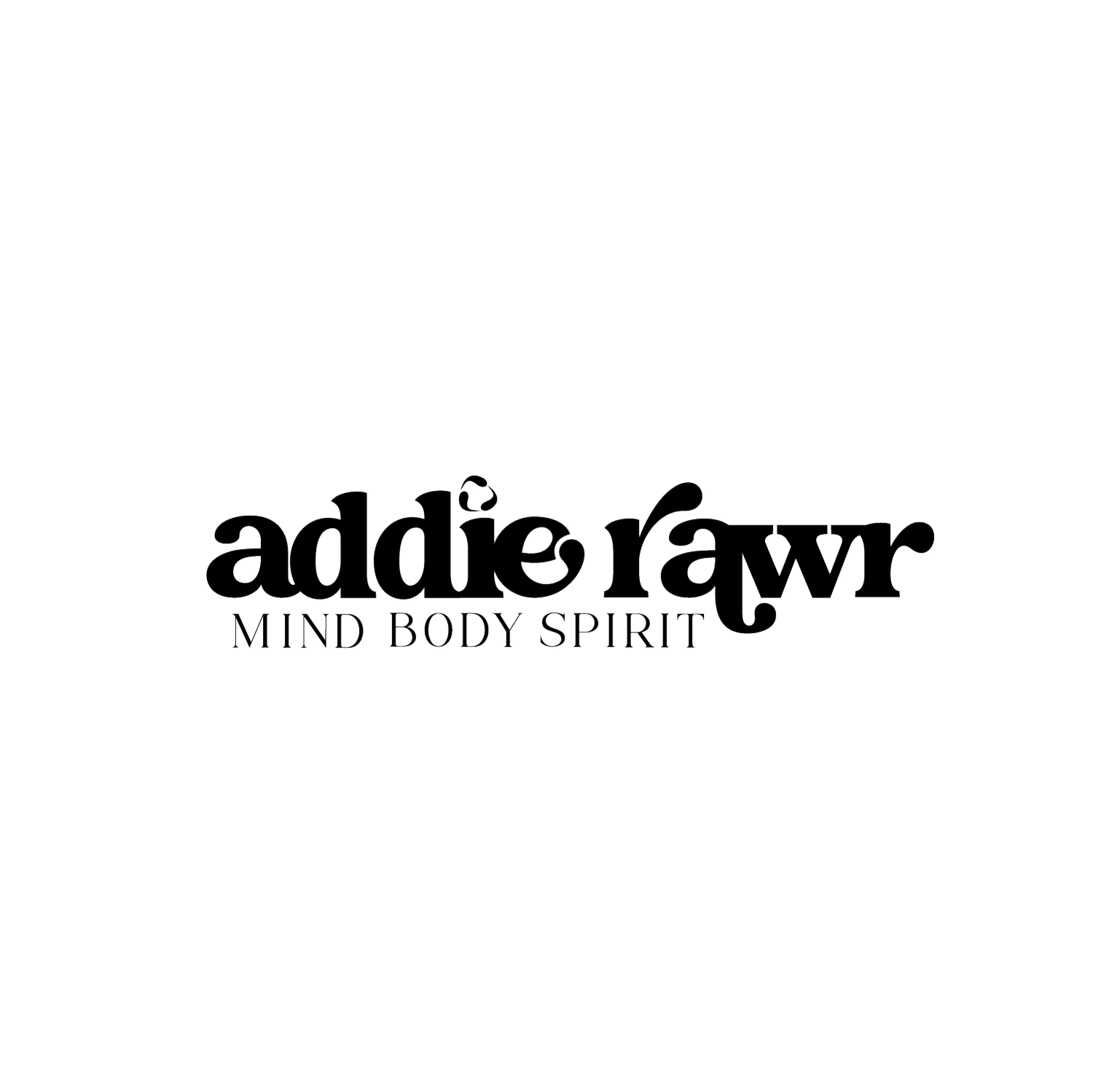It's a really interesting thought, isn't it, to consider something as fundamental as the ADDIE model having a "birthday"? This framework, so central to how we think about learning and development, has been around for quite some time, more or less shaping how instructional materials come to life. Many folks who work in training and education practically live by its principles, so it's only natural to pause and appreciate its lasting impact. We are, you know, talking about a system that has genuinely stood the test of time, helping countless educators and trainers create valuable learning experiences.
You see, when we talk about "addie birthday" in this context, we're not exactly referring to a person's special day. Instead, we're taking a moment to acknowledge the continued relevance and robustness of the ADDIE model itself. It’s a way to reflect on how this particular method, with its structured approach, continues to be a go-to for developing effective courses and programs. There’s something quite powerful about a methodology that maintains its usefulness over decades, isn't there?
So, in this piece, we’ll explore just what makes the ADDIE model so persistent, why it's still celebrated by so many, and what its "birthday" truly represents for the field of instructional design. We'll break down its core components and see why it remains such a valuable device for creating engaging and impactful learning opportunities, even today. It's a bit like honoring a classic tool that keeps getting the job done, year after year, which is pretty cool.
Table of Contents
- Understanding the ADDIE Model: Its Enduring Legacy
- Why the ADDIE Model Continues to Be Celebrated
- The ADDIE Model in the Modern Learning Era
- Common Questions About the ADDIE Model
- Reflecting on the ADDIE Model's Lasting Impact
Understanding the ADDIE Model: Its Enduring Legacy
The term "ADDIE" is, actually, an acronym, standing for Analyze, Design, Develop, Implement, and Evaluate. It's a rather well-known instructional systems design (ISD) framework that many instructional designers and training developers use to develop courses. This model provides a clear, systematic procedure for creating educational and training materials. It's a standard approach, basically, that has proven its worth time and time again in the field.
As my text points out, the ADDIE model is the generic process traditionally used by instructional designers and training developers. It's simply a “device” to guide the creation of learning experiences. This framework helps ensure that instructional materials are designed to address specific goals and objectives, which is, you know, incredibly important for effective learning. The model's phases include analysis, design, development, implementation, and evaluation, offering a logical flow for project management in learning creation.
So, when we consider "addie birthday," we are truly celebrating the longevity and continued utility of this robust framework. It’s a method that has withstood the test of time and use, proving itself adaptable across various learning environments and subject matters. It’s a testament to its foundational strength that it remains a relevant and often preferred approach for many professionals today, which is quite something.
Analysis: Laying the Groundwork
The first phase, Analysis, is really about figuring out the learning problem. This is where you identify the audience, their current knowledge, and what they need to learn. You also look at the learning goals, the content to be covered, and the resources available. It’s a bit like gathering all the facts before you start building something, so you know exactly what you’re working with. This initial step is, arguably, the most important for setting the right direction.
During this stage, instructional designers ask a lot of questions. What are the learners' characteristics? What are the desired outcomes? What are the constraints, like time or budget? Getting these answers helps create a solid foundation for everything that follows. Without a thorough analysis, any subsequent efforts might miss the mark, which, you know, nobody wants when trying to teach something important.
The analysis phase helps ensure that the instructional and training materials developed will address the specific goals
- Haider Mustehsan
- Jonathan Sawyer Spouse
- Donnie Wahlberg Movies
- Camilo Carrera
- January 26th Zodiac Sign



Detail Author:
- Name : Mr. Kody McKenzie I
- Username : fredy.effertz
- Email : awyman@hotmail.com
- Birthdate : 1977-04-20
- Address : 450 Marc Well Apt. 076 East Jettborough, OR 68892-3954
- Phone : 567.379.3127
- Company : Rice, Stokes and Heidenreich
- Job : Business Manager
- Bio : Ad et ab ab culpa sed non. Saepe et magni voluptas facere unde dicta. Laboriosam neque ut totam veniam qui non natus inventore.
Socials
linkedin:
- url : https://linkedin.com/in/patience_id
- username : patience_id
- bio : Illo nihil cumque repellat vel.
- followers : 2168
- following : 632
instagram:
- url : https://instagram.com/grant1974
- username : grant1974
- bio : Sapiente veritatis eaque temporibus reiciendis quia. Qui qui et ut quaerat.
- followers : 4598
- following : 115
facebook:
- url : https://facebook.com/patience6219
- username : patience6219
- bio : Animi facilis ut incidunt earum necessitatibus incidunt ut.
- followers : 505
- following : 1076
twitter:
- url : https://twitter.com/patience_grant
- username : patience_grant
- bio : Aut sit ut deserunt reiciendis doloremque maxime. Omnis voluptate quo est odio. Dignissimos tenetur soluta voluptate id.
- followers : 6549
- following : 1497